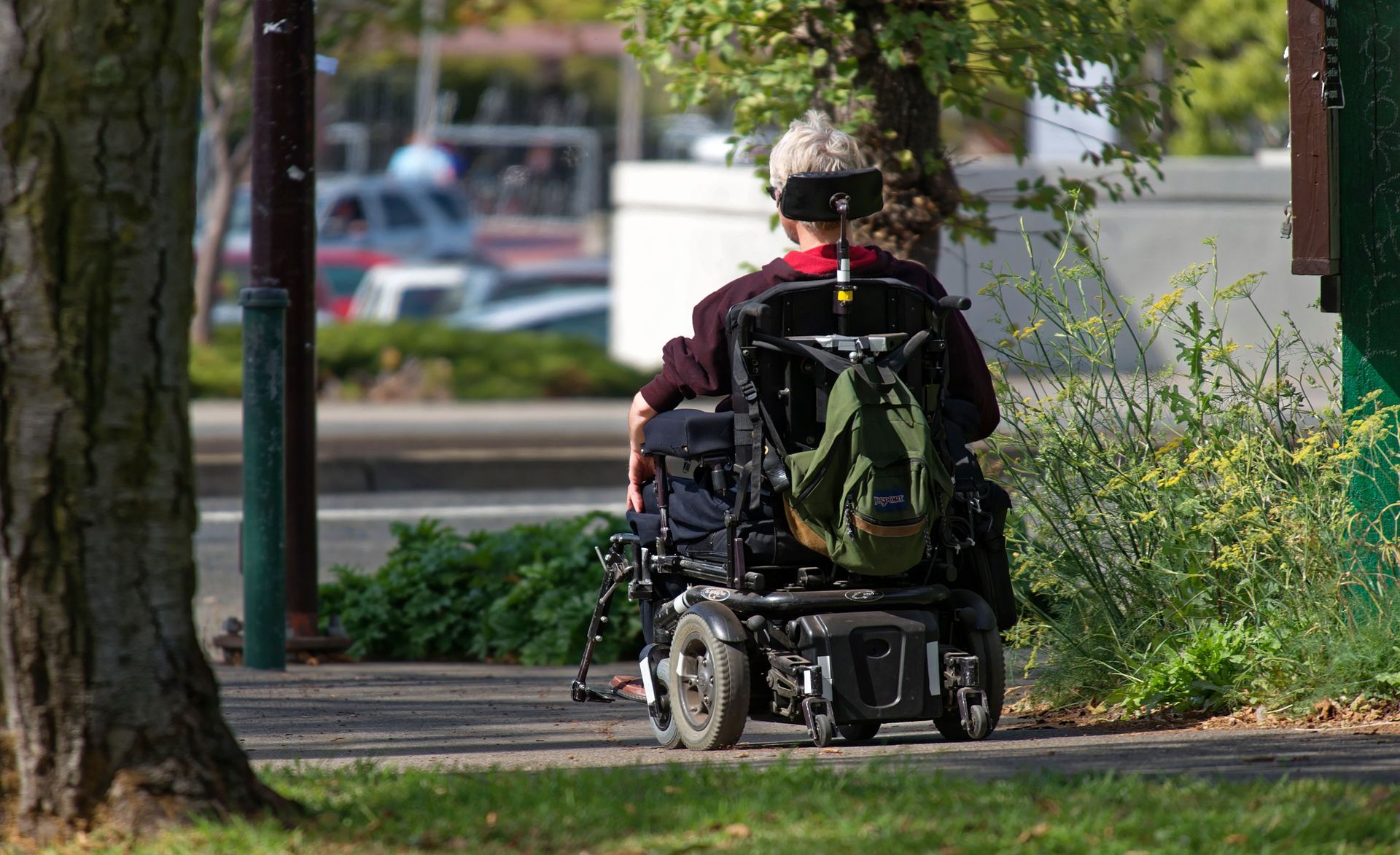Getting Disability Benefits with Quadriparesis

A person who has been affected by quadriparesis and is unable to work to his or her full capacity can claim disability benefits from the Social Security Administration (SSA). The loss of function or problems caused by the condition should have existed for at least three months and expected to last for 12 or more months. A person with quadriparesis may never regain strength and mobility in the limbs.
Qualifying for Benefits With Quadriparesis
The SSA uses a guide known as the Blue Book to evaluate applications and determine whether an applicant meets the disability requirements. Quadriparesis can be caused by conditions listed in the Blue Book, such as cerebral palsy, muscular dystrophy and polio. People with quadriparesis caused by such conditions can qualify for disability benefits if they meet the criteria specified for the conditions.
Quadriparesis can also occur because of spinal cord injuries, which may be caused by events like car accidents, slips and falls and surgery. Therefore, a person’s case may be evaluated based on the spinal cord disorders section of the Blue Book.
Symptoms that can make a person with quadriparesis meet the qualification requirements for disability benefits include:
- Total loss of function of a body part: Quadriparesis makes it difficult for a person to control the muscles of the affected body parts. A person may have weak limbs and lack motor skills or may have substantially paralyzed areas.
- Reduced ability to perform body movements: Quadriparesis can cause depressed reflexes and an inability to walk. An affected person can qualify for disability benefits if he or she has extreme difficulty walking, using his or her hands or arms, standing from a seated position or balancing while standing.
- Mental health problems: A person who has suffered quadriparesis can experience mental health issues like anxiety and depression. These can affect his or her ability to work. SSA can therefore take the issues into account when deciding whether a person can do any gainful activity.
A person who does not meet the Blue Book’s qualifying criteria can request a Residual Function Capacity (RFC) evaluation. His or her claim can be approved if the assessment finds that no job can be done within the person’s limitations.
What Information Should Be Provided?
A Social Security applicant should submit evidence for his or her condition, which may include:
- A doctor’s diagnosis
- Test results
- Hospitalization records
- Progress notes from a health care specialist
Disability lawyers usually help the people they work with to get as much medical evidence as possible to increase their chances of qualifying for SSDI benefits.


 Click-to-call
Click-to-call
 Live Chat
Live Chat